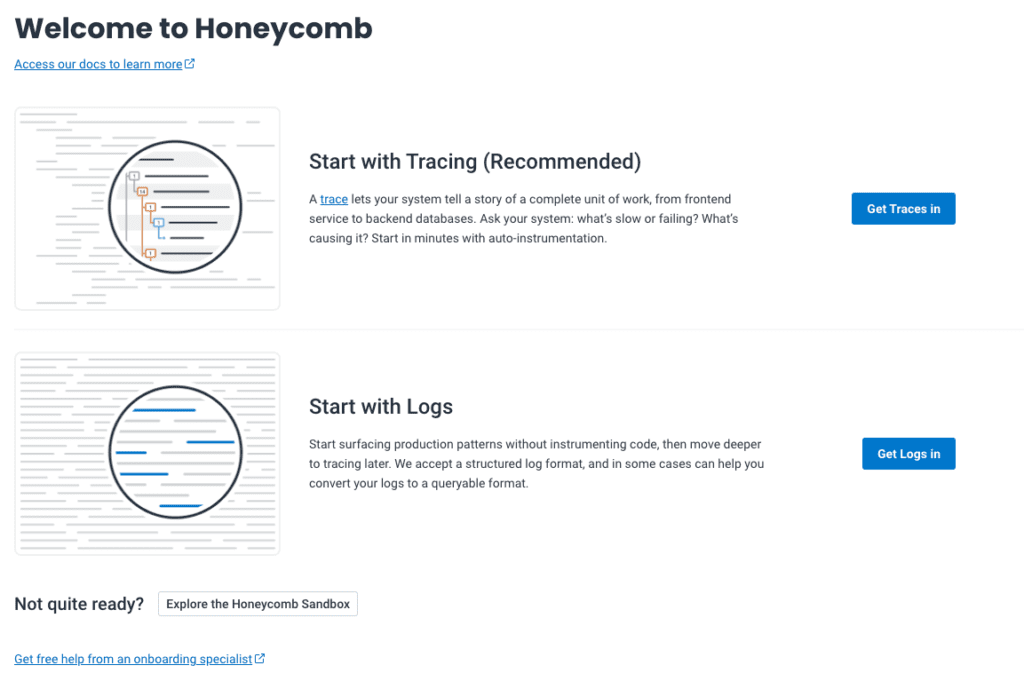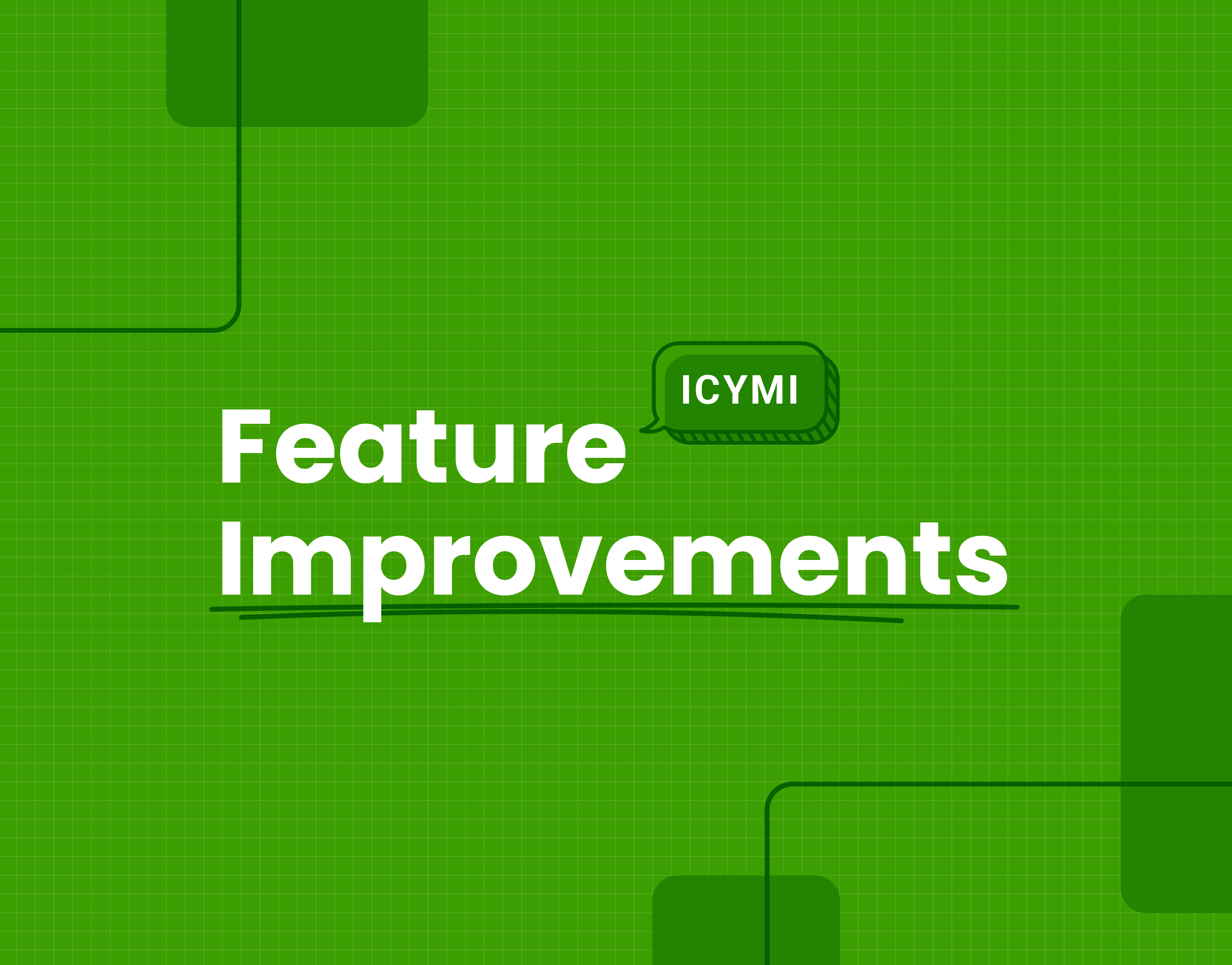There are a ton of leaves in my yard, and I’m slowly coming out of a weeklong sugar coma. That can only mean October has come and gone. Let’s take a peek at what new and noteworthy changes Honeycomb has made since we last checked in.
October updates revisited
We had a busy October, and rounded the month off with a major launch. If you missed it, the two biggest changes were the introduction of a new Service Map feature, which generates a dynamic architecture diagram from your telemetry, alongside a massive overhaul of BubbleUp, a powerful tool for identifying common dimensions across problematic events.
If that wasn’t enough, we had some exciting integration news as well. A new ServiceNow integration gets you from your alerts to diagnosing issues quicker than ever. And, with a new Gradle plugin, you can generate OpenTelemetry traces from your builds automatically. These integrations were created by eager Honeycomb employees, and while not ‘official’ Honeycomb integrations, are super helpful and worth a download!
Documentation updates
E&S migration
Back in March, we released an update to how datasets are organized in Honeycomb. Teams created prior to that update continue to work as they had previously (now dubbed Honeycomb Classic), but will be unable to use some new features, like Service Map.
To assist with teams looking to migrate their data from Honeycomb Classic to the new Environments model, we’ve released new migration documentation to help get you going.
OTel logs
We now have support for OpenTelemetry logs, and have created a guide for sending OTel logs to Honeycomb in our docs.
Add tracing to your CI/CD pipelines with buildevents
You can add tracing to more than just your apps themselves: buildevents is a small binary used to help instrument builds. The end result is the ability to diagnose slow builds and flaky tests with the same tools you use to troubleshoot your applications.
Guides and helpers
In addition to a CircleCI orb, we’ve released some provider-specific implementation guides to assist in your adoption of buildevents. We recently announced our GitHub Actions guide, and we have a GitLab CI/CD guide available as well. Keep your eyes peeled for another coming soon.
Once you’re sending your build data to Honeycomb, you may wonder where to go from there. We’ve got you covered: the Terraform Buildevents starter pack provides an easy way to set up tailored dashboards and queries to help you get insights from your builds quickly.
Telemetry updates
The biggest news on the telemetry front is that Honeycomb’s .NET OpenTelemetry distribution is now GA. Check out the notes for the 1.0.0 release.
Other updates include:
- honeycomb-lambda-extension v11.1.0
- a new HTTP connection timeout configuration knob (thanks, @danvendia).
- honeycomb-opentelemetry-java v1.4.0
- an upgrade to upstream OTel (and other dependencies).
- libhoney-go v1.18.0
- now reports which version of Go and on what operating systems and CPU architectures it is used.
- Refinery helm-chart update
- Updated to deploy Refinery 1.15.1.
User experience improvements
Choose your own adventure: logs & traces
In the past, when you created a new dataset, the empty state page would direct you to quickstart guides for sending traces to Honeycomb. That said, there are multiple ways to start sending us data, including built-in support for numerous log formats. With that in mind, we now provide the option to select whether you’d like to send us logs or traces, with use-case specific guidance for next steps.

Even more derived columns editor updates
The derived columns editor has become a Feature Focus staple!
We’ve further improved the new look and feel of the editor. Changes include:
- A “copy” button to quickly snag the full contents of your function
- The function text window is now resizable
- The preview pane shows when it was last refreshed, and has a manual refresh button

Wrapping up
That’s it for our October updates!
You can find a full list of updates we’ve made to Honeycomb in our changelog, in Pollinators Slack, or by following our Twitter account via #changelog.
See you next month!








